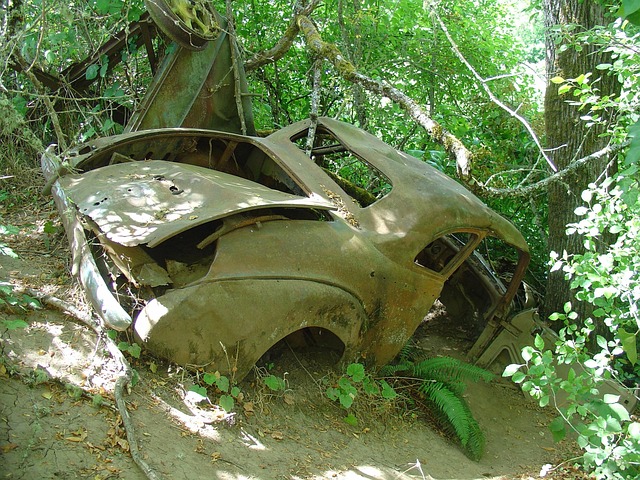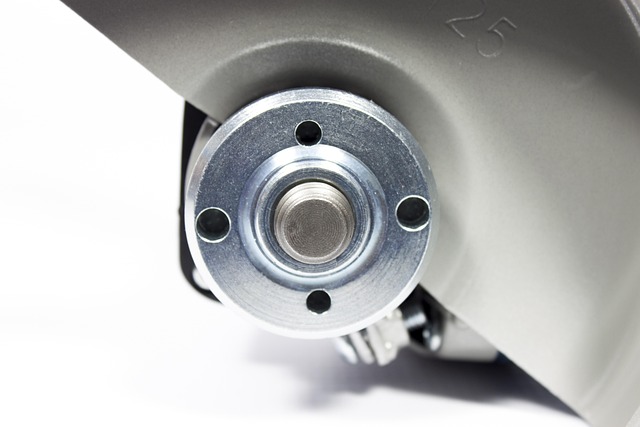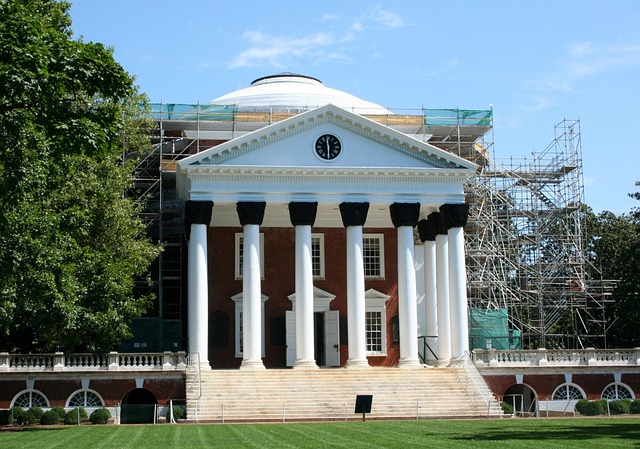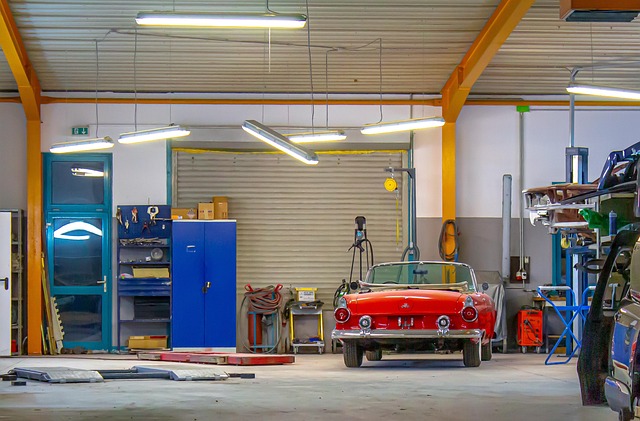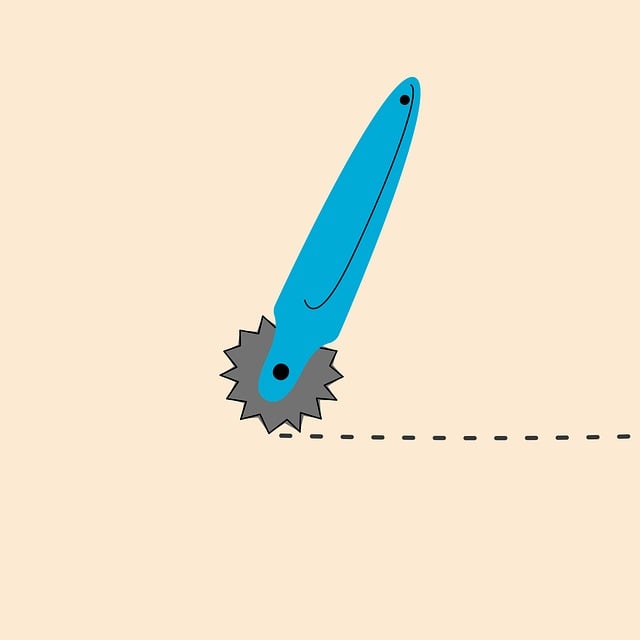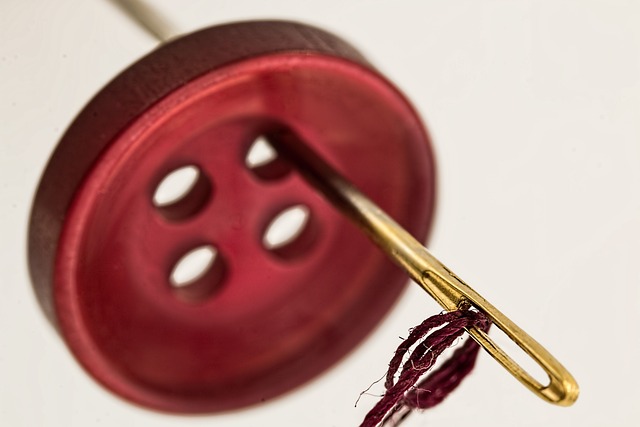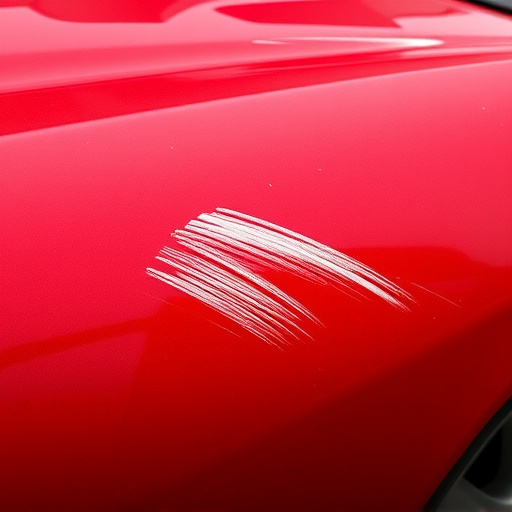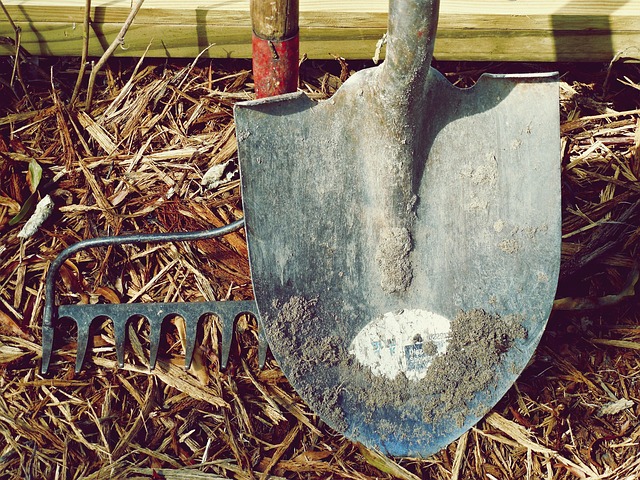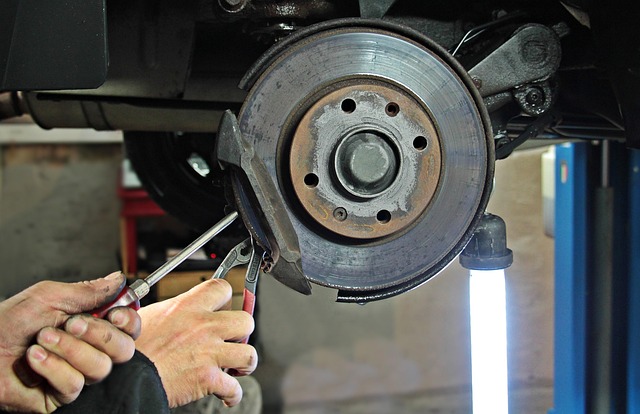Car body repair service costs vary based on factors like repair complexity (simple vs complex), labor rates (regional and shop size variations), part type (OEM vs aftermarket), vehicle age/make, and overhead expenses. Understanding these influences empowers drivers to compare estimates, choose quality services, and avoid unnecessary charges for their car body repairs.
Understanding the costs associated with car body repair service estimates is crucial for every vehicle owner. With varying labor rates, parts costs, and repair complexities, navigating these estimates can be challenging. This article guides you through the factors influencing car body repair expenses, demystifies different estimate types, and offers valuable negotiation strategies. By following these tips, you’ll be better equipped to make informed decisions when it comes to restoring your vehicle’s aesthetics without breaking the bank.
What Affects Car Body Repair Service Costs?
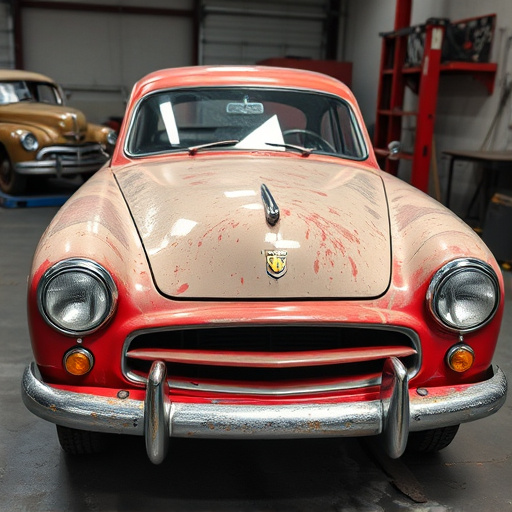
Several factors influence the costs of car body repair services, and understanding these can help drivers make informed decisions when faced with vehicle damage. The scope of work required is a primary determinant; simple repairs like bumper replacements or minor paintless dent repair jobs are generally less expensive than extensive panel replacements or complex structural fixes. Labor rates vary across regions and auto body shops, impacting the overall cost significantly.
The type of material used in the repair also plays a role; metal or plastic bumpers, for instance, may have different price points due to their composition. Additionally, the age and make of the vehicle can affect costs, as older cars might require more specialized parts or techniques for restoration. Other considerations include the availability of original equipment manufacturer (OEM) parts versus aftermarket alternatives, which can influence both labor and material expenses in car body repair services.
– Labor rates and overhead

When it comes to understanding car body repair service estimates, one significant factor is labor rates and overhead costs. These expenses vary widely depending on your location and the shop’s size. Smaller, independent garages might charge lower labor rates, while larger dealerships or specialized shops could have higher figures due to increased overheads such as rent, equipment maintenance, insurance, and staff salaries. Overhead also includes administrative costs and profit margins, ensuring these businesses can stay operational and offer quality services.
Additionally, the complexity of auto body restoration work itself contributes to labor rates. Major repairs, like extensive dent removal or major panel replacements, typically require more skilled technicians and specialized tools, driving up labor costs. Conversely, simpler tasks like routine auto maintenance or minor dents and scratches might have lower associated labor charges. Being informed about these factors can help you compare estimates effectively for your next car body repair service.
– Parts and materials needed
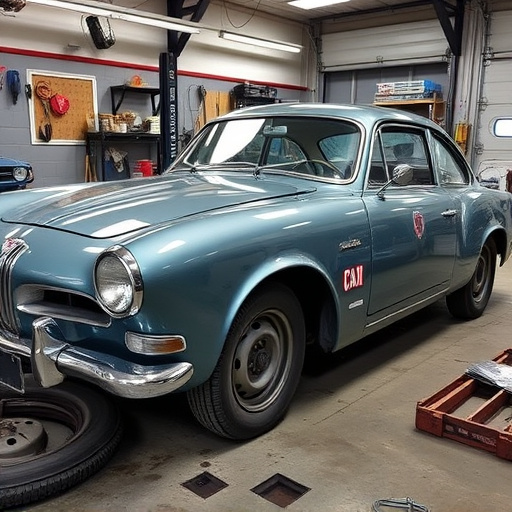
When it comes to understanding the costs of car body repair service estimates, one of the primary factors is the parts and materials needed. Automotive body shops use a wide range of components, from replacement panels and paints to adhesives and sealing agents. These items vary in price depending on their quality and brand, with higher-end materials often driving up the overall cost of repairs. For instance, while generic or aftermarket parts might be more affordable, OEM (Original Equipment Manufacturer) parts are usually pricier but offer superior durability and performance.
In addition to these physical materials, labor costs also play a significant role in car body repair service estimates. Skilled technicians require specialized tools and their time is an essential component of any repair job. Simple tasks like bumper repair or touch-ups might be less expensive, while more complex procedures such as major panel replacements or extensive paint services can significantly increase the bill. It’s important for car owners to inquire about these costs upfront and consider the reputation of the automotive body shop to ensure they receive fair pricing for quality work.
When considering car body repair service estimates, understanding the influencing factors is key. Labor rates and the types of parts required significantly impact overall costs. By being aware of these variables, vehicle owners can make informed decisions when choosing a reputable repair shop for their car body repair needs, ensuring they receive fair and transparent pricing.
